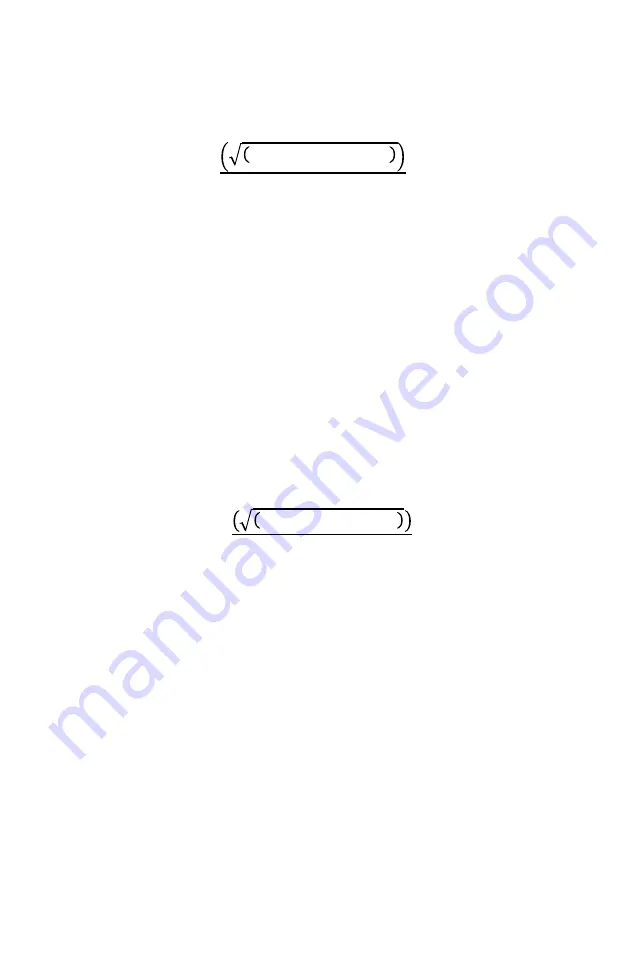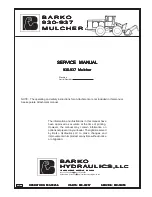
which is the slope in terms of counts per minute per unit density. Combining
this equation and the equation for precision and accounting for the pre scale
value of 16 yields:
Where:
DP=
Density precision at density D
D= Density
DS =
Density standard count
A, B, C =
Calibration constants
S =
Slope
This is for one standard deviation, a 68% confidence factor.
Applying the same procedure to the moisture equation results in an
equation for the moisture precision:
Where:
MP = Moisture precision
M = Moisture
MS = Moisture standard count
E, F = Calibration constants
Both of the above previsions are stated for the one minute (NORM)
measurement period. The values would increase by a factor of two for 0.25
minutes (FAST) and decrease by a factor of two for the four minute (SLOW)
measurement period.
These precisions are the theoretical values and the Gauge should yield these
values if there are no instability problems. Measurement data can be used to
test the Gauge. If a series of measurements are made on the same location,
the values of precision can be calculated by using:
58
𝑫𝑫𝑫𝑫 =
𝑫𝑫𝑫𝑫 ∗ 𝑨𝑨 ∗ 𝒆𝒆
!𝑩𝑩𝑩𝑩
− 𝑪𝑪
𝟒𝟒𝟒𝟒𝟒𝟒 ∗ 𝑨𝑨 ∗ 𝑩𝑩 ∗ 𝒆𝒆
!𝑩𝑩𝑩𝑩
𝑴𝑴𝑴𝑴 =
𝑴𝑴𝑴𝑴 ∗ (𝑬𝑬 + 𝑭𝑭 ∗ 𝑴𝑴)
𝟒𝟒𝟒𝟒𝟒𝟒 ∗ 𝑭𝑭








































